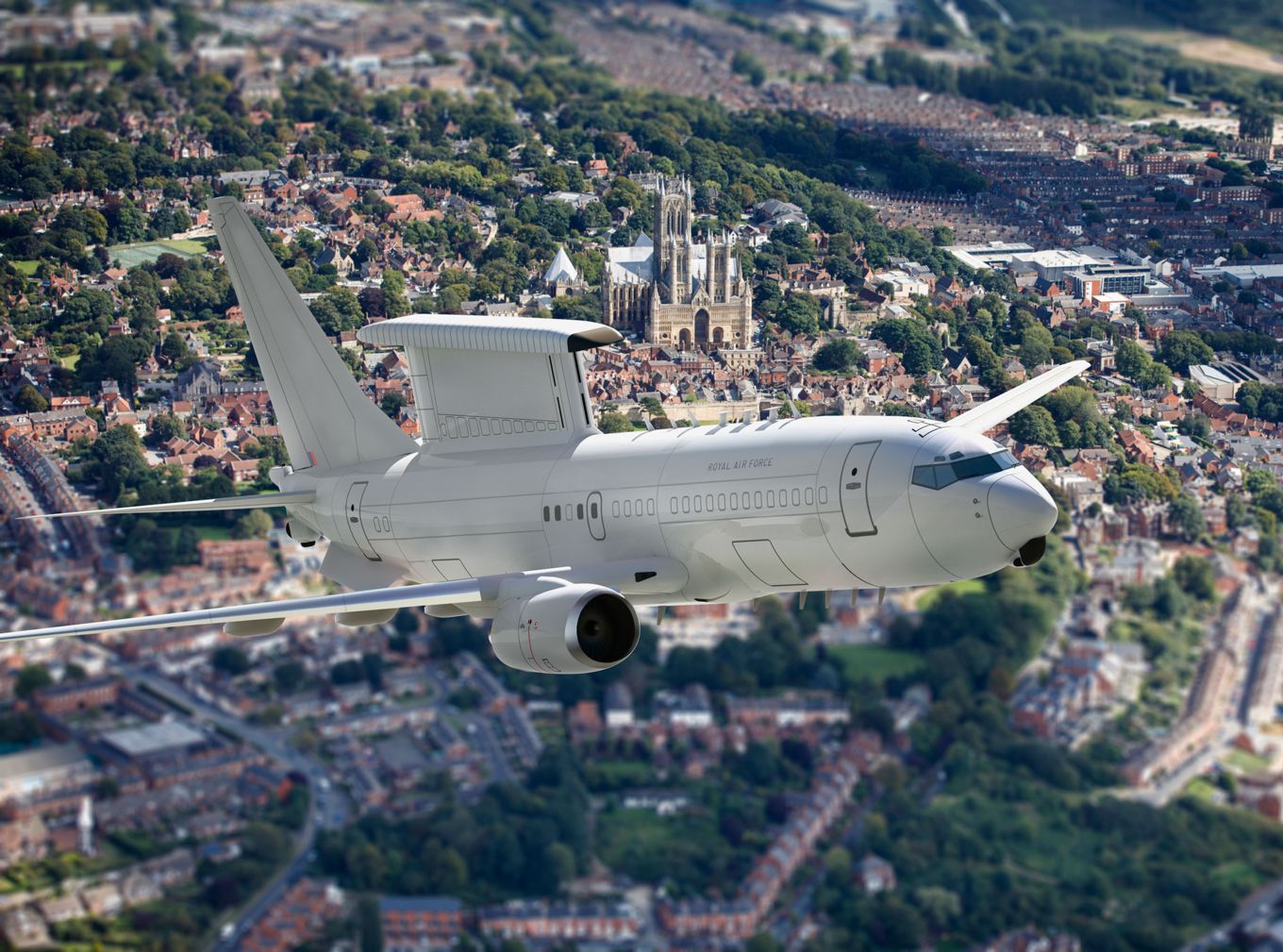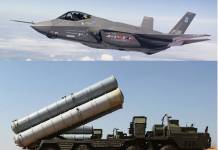After years of operating Boeing E-3A Airborne Warning & Control System (AWACS) aircraft, NATO is considering replacing the aging aircraft with the ‘cutting-edge’ Boeing E-7 Wedgetail.
According to officials, NATO will likely consider eventually procuring the Boeing E-7 Wedgetail to obtain an initial operating capability (IOC) for its intended multi-domain Alliance Future Surveillance and Control (AFSC) capabilities.
The Alliance Future Surveillance and Control (AFSC) effort explores NATO’s ability to effectively monitor the skies over Allied territory after its existing fleet of Airborne Warning and Control System (AWACS) aircraft reaches the end of their service lives in 2035.
NATO, under the AFSC initiative, is expected to replace the AWACS fleet that NATO has deployed over the years. Further, the need for an advanced early warning aircraft has become even more significant in the wake of the Russian invasion and rising hostility with the alliance.
However, there is little certainty about the AFSC’s ultimate structure or a timeline at which it will be fully functional and how NATO will use the Wedgetail IOC fleet. According to the Janes report, a very relevant question that emerges is whether NATO will build on the E-7 Wedgetail as the base or strive for something else later.

Currently, NATO employs a fleet of Boeing E-3A AWACS (Airborne Warning & Control System) aircraft fitted with passive sensors and long-range radar that can detect air and surface contacts at great distances.
It carries out various operations, including air policing during peacetime, counterterrorism support, evacuation operations, embargo, first entrance, crisis response, and the entire range of warfare operations.

The NATO Airborne Early Warning and Control Force (NAEW&C Force) are one of the very few military resources that NATO itself truly owns and controls since the vast majority of military assets deployed under the NATO banner are national capabilities of individual member states.
AWACS surveillance planes played a crucial role in past NATO operations undertaken in Afghanistan, Libya, and the United States following 9/11. The fleet is presently keeping watch over NATO airspace to reassure and safeguard Allies in the wake of Russia’s invasion of Ukraine, which is fast inching toward its first anniversary.
However, despite its iconic record and the array of responsibilities that the E-3A Sentry performs, it is aging at a breakneck pace in the age of modern combat. It would fall short when facing off with an enemy like China, as previously explained by EurAsian Times in a detailed analysis.
In June 2019, the head of the NATO managing the E-3A inventory said the organization was running against time to choose an AWACS replacement.
This is where the E-7 Wedgetail comes in, which has been projected by its manufacturer as the AWACS of the future. It is currently operational with Turkey, Australia, South Korea, and the UK. The US has also announced the decision to acquire this aircraft.
E-7 Wedgetail Could Become NATO’s Eye In The Sky
The manufacturer Boeing introduces the E-7 Wedgetail as a combat-tested weapon system that offers robust multi-domain observation, communications, networked battle management, and interoperability that increases the effectiveness of joint and coalition forces.
Based on a Boeing Next-Generation 737, the E-7 AEW&C’s radar has a full 360-degree surveillance capability with sector emphasis and other tactics to respond dynamically to developing combat scenarios. Further, the sector emphasis increases detection range without requiring a flight closer to the threat.
It has an operational ceiling of 41,000 feet and a range of 3,500 nautical miles. The global E-7 fleet includes 14 operational aircraft with a maximum unfueled flight time of about 9 hours and a range of 3,000 nautical miles.
The E-7 has a Boeing 737-700 airframe, and Multi-role Electronically Scanned Array (MESA) radar made by Northrop-Grumman. In contrast to the E-3 Sentry’s spinning radome (AWACS), this radar is fixed and has a range of more than 200 nautical miles in all weather situations.
The E-7 can act as a strategic early-warning system and can direct and manage the battle space from above, including incoming cruise missiles. It facilitates the entry of advanced fighter jets into anti-access, area-denial (A2/AD) zones as a domain awareness platform.
Boeing says, “The future battle space will be more complex, dynamic, and unconventional. To defeat advanced threats and accomplish missions, the E-7 AEW&C’s Open Mission Systems (OMS) architecture capability is key.”
Last summer, when the Pentagon finally announced that it had also decided to acquire the aircraft, the US Air Force said in a release that Wedgetail is “the only platform” that could meet all of the Defense Department’s requirements for tactical battle management, command and control, and target tracking in time to replace the aging E-3, which dates back to the 1970s.
The reports based on the acquisition of this aircraft by NATO for its ‘eye in the sky’ program are based on preliminary discussions, and a decision is yet to be taken by the alliance, which has been rudely jolted into action by the Russian invasion and a rapidly expanding Chinese military presence.
- Contact the author at sakshi.tiwari9555 (at) gmail.com
- Follow EurAsian Times on Google News




